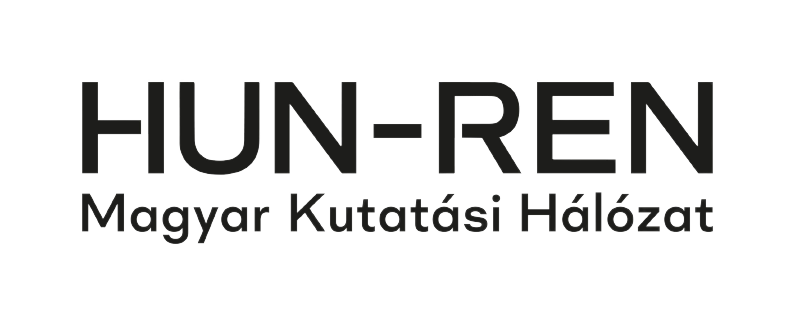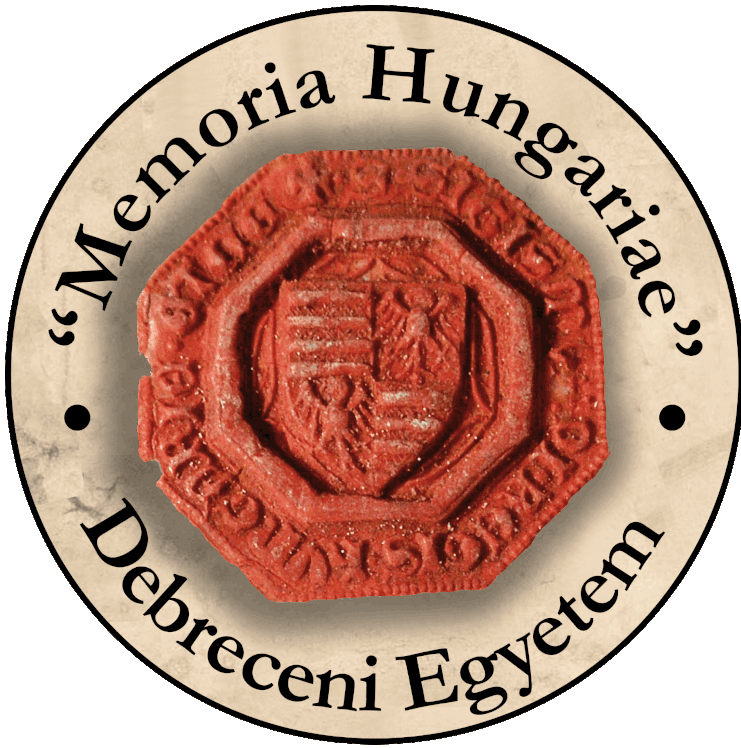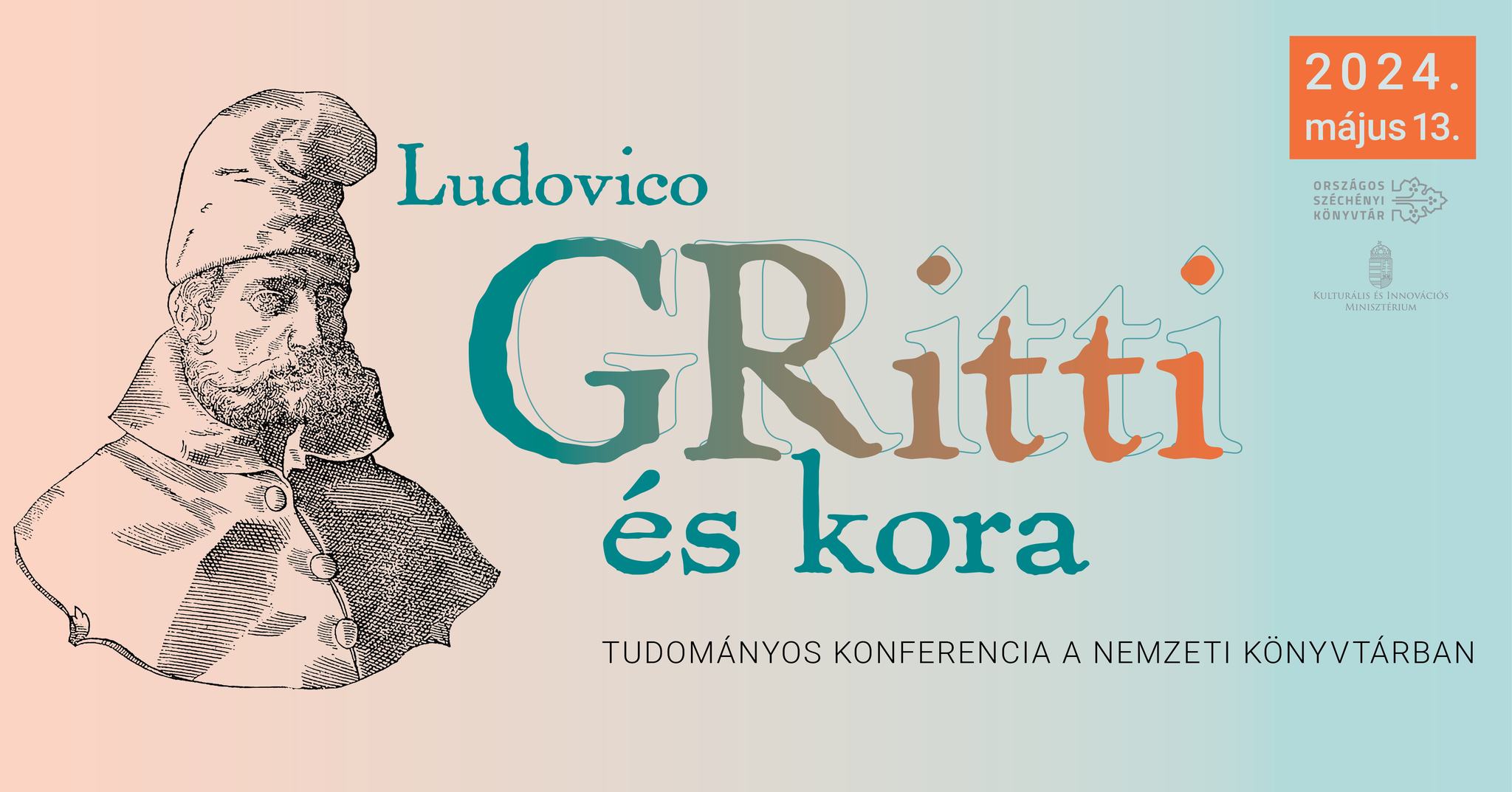Program
9.30 Rózsa Dávid főigazgató megnyitója
Kasza Péter, a Kulcsár Péter Historiográfiai Kutatócsoport (OSZK) vezetőjének köszöntője
9.50 Nenad Obradović: A szerbek szereplése Szerémi György Epistolájában
10.10 Boris Stojkovski (Újvidéki Egyetem): Jovan Nenad (Cserni Jován) és mozgalma Szerémi György művében
10.30 Szarka József (Tessedik Sámuel Múzeum): Czibak Imre pályája
10.50 Varga Szabolcs (HUN–REN BTK Történettudományi Intézet): Senkiföldje. Szlavónia Gritti kormányzósága idején (1530–1534)
11.10 Vita
11.40 Kávészünet
12.00 Szebelédi Zsolt (OSZK Régi Nyomtatványok Tára): A latin nyelv fonetikai vizsgálatának lehetőségei Szerémi György kézirata alapján
12.20 Halmágyi Miklós (Magyar Nemzeti Levéltár Békés Vármegyei Levéltára): A naplószerű útleírástól a hexameterig. Adalékok Szerémi György szövegszerkesztési módszeréhez
12.40 Tóth Laura: Színház akkor és most, avagy Ludovico Gritti utóélete
13.00 Vita
13.20 Ebédszünet
14.30 Domokos György (Pázmány Péter Katolikus Egyetem Vestigia Kutatócsoport): Francesco Della Valle leírása Ludovico Gritti élétéről és haláláról a milánói kézirat alapján
14.50 Csapó Fanni (OSZK Régi Nyomtatványok Tára): „Akár békét hoz, akár háborút” – Augustino Museo beszámolója és kihallgatási jegyzőkönyve Gritti haláláról
15.10 Petrovity Ádám: Ludovico Gritti élete Tranquillus Andronicus szemszögéből
15.30 Vita
15.50 Kávészünet
16.10 Kasza Péter: Közelítések Szerémi György művének Gritti-fejezeteihez
16.30 Oborni Teréz (HUN–REN BTK Történettudományi Intézet): A Czibak–Gritti-történet Ascanio Centorio degli Hortensii tollán
16.50 Szovák Márton (Debreceni Egyetem „Magyarország a középkori Európában” Kutatócsoport): Ludovico Gritti magyarországi tevékenysége Marin Sanudo naplójának tükrében
17.10 Vita
17.30 Szebelédi Zsolt zárszava




